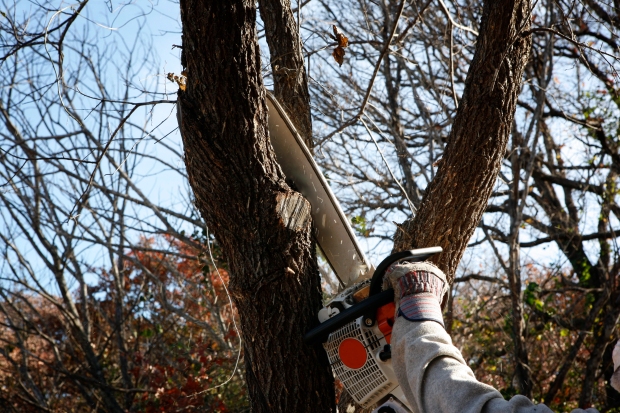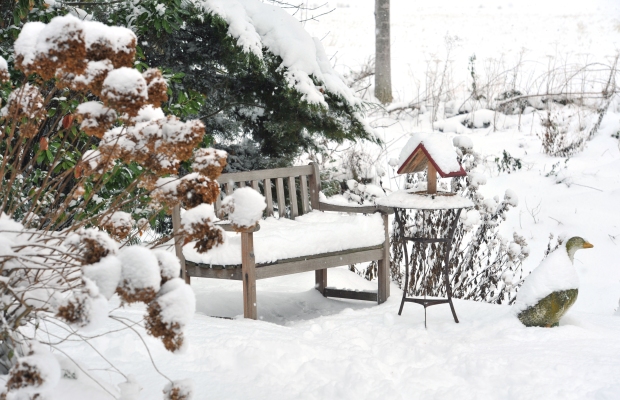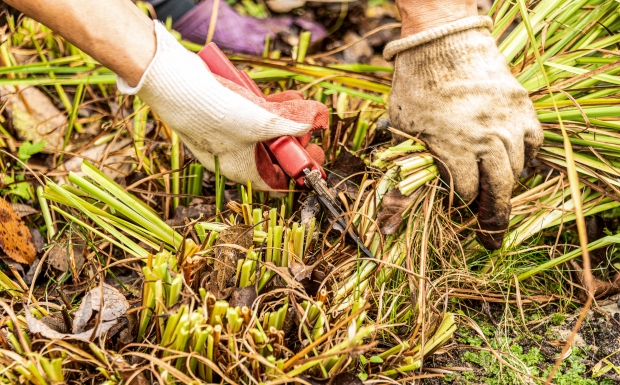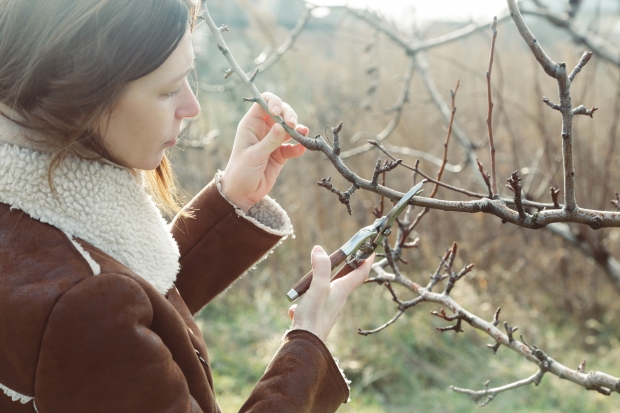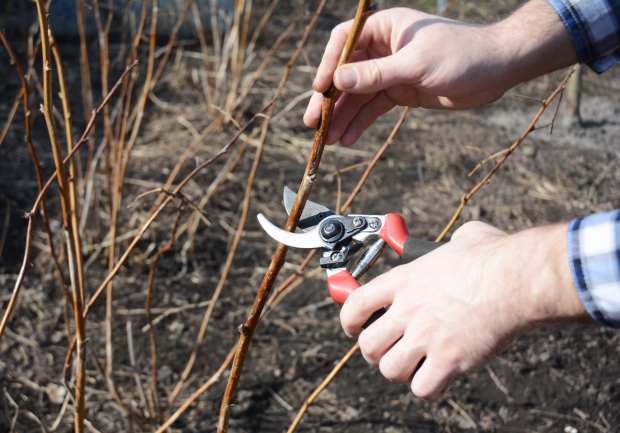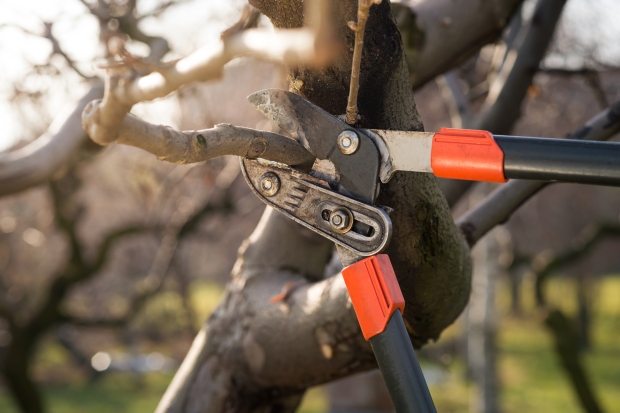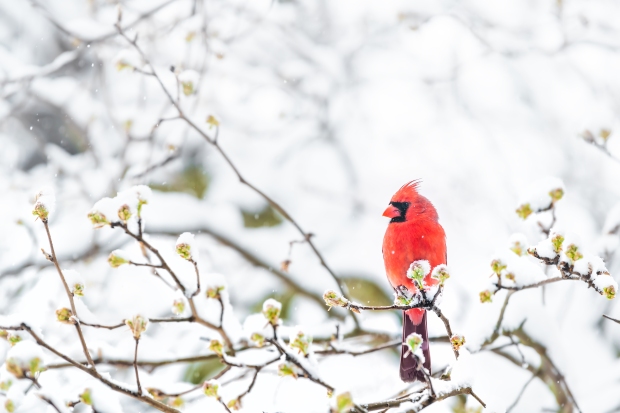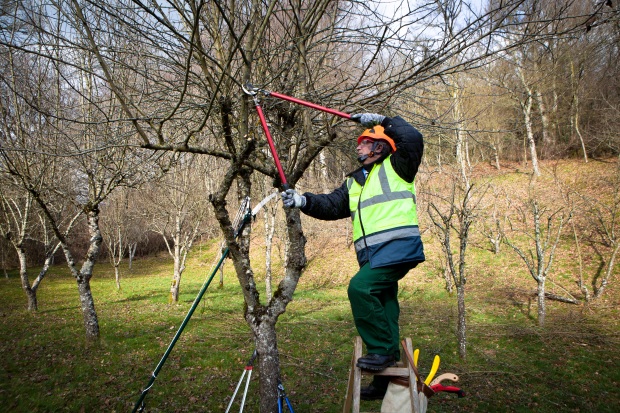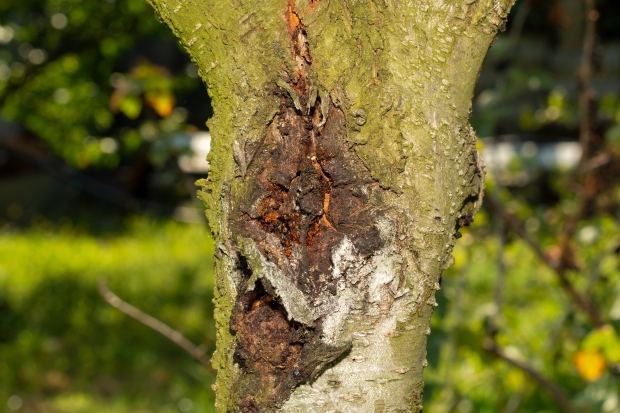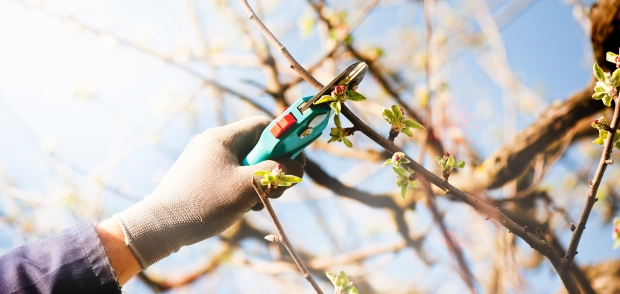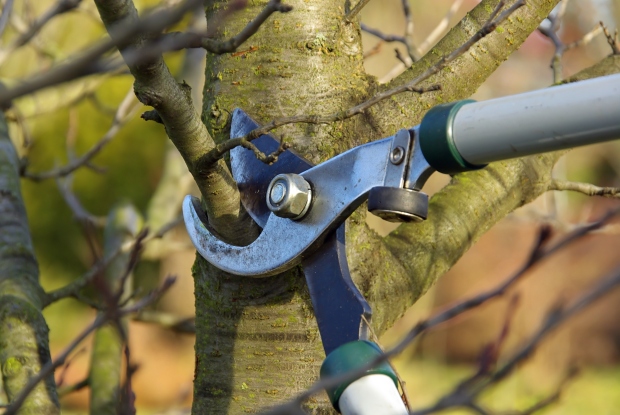Chilly weather tends to keep us indoors and away from gardening projects. That can be a mistake if you have pruning to complete. Winter is the best time to prune a variety of species, but choosing to trim the wrong ones might cause long-term damage to the plant.
Here’s a guide on what to prune in the winter for the best success for your garden come springtime and beyond.

